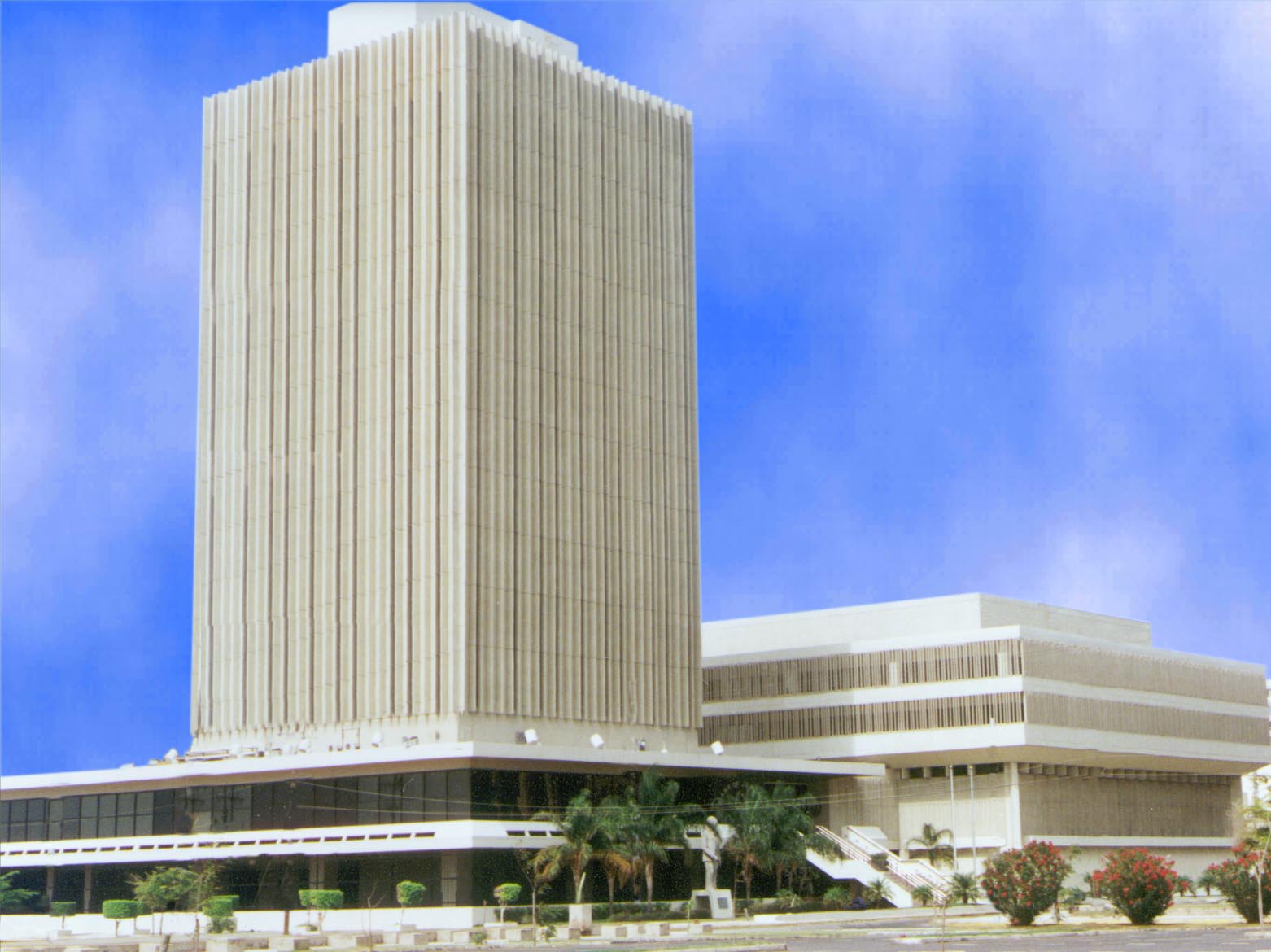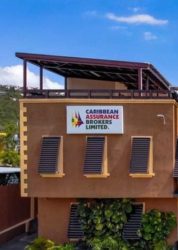 Trading on the forex market did not match or come close to the levels of funds traded in the market on Thursday last week, the last day of the holiday shortened week. For Monday, dealers bought the equivalent of US$25,375,062 compared to US$72,581,952 on Thursday and sold the equivalent of only US$22,862,624 versus US$71,142,957 last week Thursday. In spite of the lower purchases all the spot rates fell against the local currency except for a one cent rise in the selling rate for the Canadian dollar. “Bank of Jamaica intervened in the market last week Thursday selling dealers all the forex funds they needed” IC Insider source indicated as to the reason for the big increase in trading on that day. The big amount bought on Thursday may be the reason why buying on Monday after the holiday was so low. The purchase on Monday was in contrast to nearly US$45 million bought on the previous Monday as well as the week before.
Trading on the forex market did not match or come close to the levels of funds traded in the market on Thursday last week, the last day of the holiday shortened week. For Monday, dealers bought the equivalent of US$25,375,062 compared to US$72,581,952 on Thursday and sold the equivalent of only US$22,862,624 versus US$71,142,957 last week Thursday. In spite of the lower purchases all the spot rates fell against the local currency except for a one cent rise in the selling rate for the Canadian dollar. “Bank of Jamaica intervened in the market last week Thursday selling dealers all the forex funds they needed” IC Insider source indicated as to the reason for the big increase in trading on that day. The big amount bought on Thursday may be the reason why buying on Monday after the holiday was so low. The purchase on Monday was in contrast to nearly US$45 million bought on the previous Monday as well as the week before.
Dealers bought US$20,649,053 compared to US$68,621,498 bought on Thursday as the buying rate for the US dollar declined by 76 cents to $110.15 and sold US$19,573,771 versus US$67,344,895 on Thursday with the rate closing 2 cents lower to $111.17. The Canadian dollar buying rate fell 2 cents to end at $100.40 with dealers buying C$1,928,329 and selling C$1,600,232 with the rate rising by a cent to end at $101.97. The Pound closed at $184.25 for the purchase of £1,651,343 with the rate declining by 91 cents while £908,165 was sold with the rate declining by 87 cents to $186.96. Other currencies bought amounted to the equivalent of US$206,180 while selling accounted for the equivalent of $293,819.
Highs & Lows| The highest and the lowest buying rates for the US dollar and the highest selling rate remained unchanged at $111.70, $90.18 and $115.56 respectively but the lowest selling rate fell by $2.14 to $90.18.
The highest buying rate for the Canadian dollar lost 30 cents to $102.30, the lowest buying rate was unchanged at $80.43. The highest selling rate rose by 50 cents to $104.29 and the lowest selling rate fell $2.10 to $96.90.
The highest buying rate for the Pound fell 10 cents to $187.40 while the lowest buying rate rose by 29 cents to $149.44. The highest selling rate declined by 27 cents to $192.65 while the lowest selling rate fell $3.20 to $180.05.












